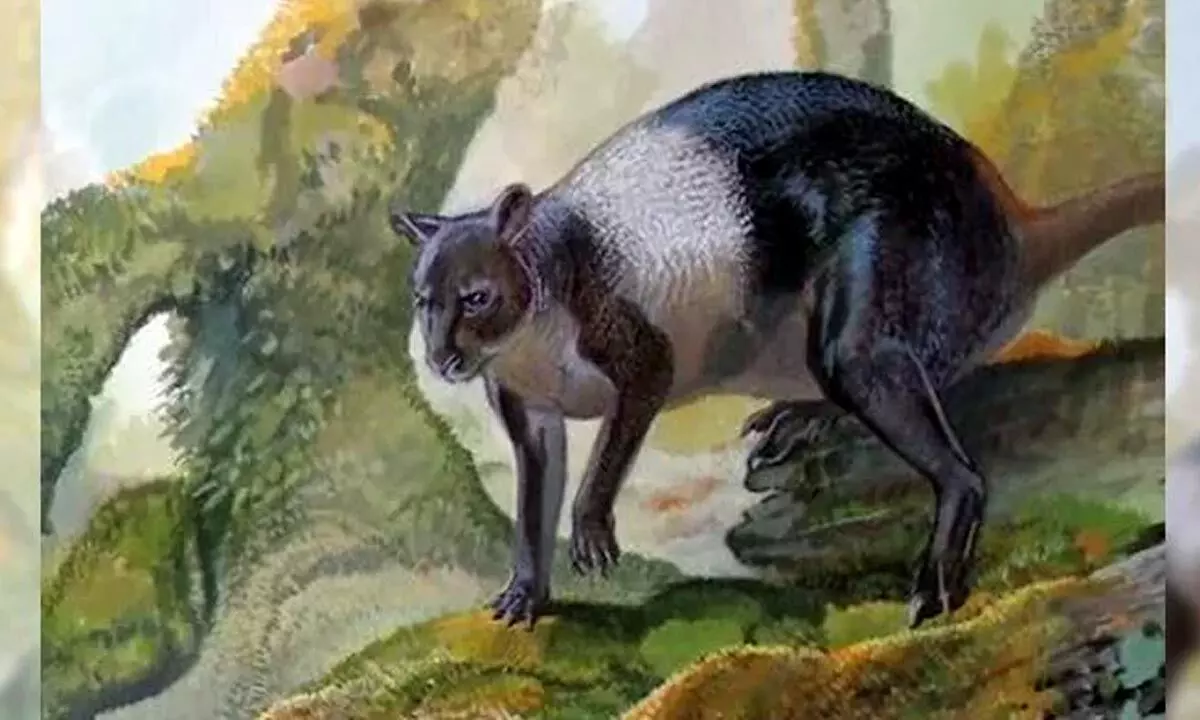Just In
Researchers Revealed That Giant Kangaroo From 50,000 Years Ago Is Not Related To Australian Kangaroos


For representational purpose (Photo/sciencealert)
- According to studies, researchers published, that giant kangaroo was not closely connected to kangaroos that live in Australia today.
- Megafauna, or enormous animals, were once common in Australia before the majority of them died extinct roughly 40,000 years ago.
A strange enormous kangaroo used to wander the steep jungles of New Guinea long ago—almost all the way up until the end of the last ice age. According to studies, researchers published, that giant kangaroo was not closely connected to kangaroos that live in Australia today. Instead, it represents a unique species of primitive kangaroo found only in New Guinea.
Megafauna, or enormous animals, were once common in Australia before the majority of them died extinct roughly 40,000 years ago. The kangaroos, koalas, crocodiles, and other animals that we now associate with the Australian wilderness coexisted with these megafaunas, but many of them were larger species of these. Phascolonus, a kind of enormous wombat, 2.5-meter-tall short-faced kangaroos, and the three-ton Diprotodon optatum were also there. In fact, some Australian megafaunal species still exist today, including the red kangaroo, emu, and cassowary.
A few expeditions and fossil digs by American and Australian researchers in the 1960s, 1970s, and 1980s were conducted in New Guinea by paleontologists. Two jaws of an extinct giant kangaroo were later discovered during an archaeological excavation in the early 1970s, which was directed by Mary-Jane Mountain.
The fossils Flannery spoke about date back between 20,000 and 50,000 years. They originate from the Nombe Rock shelter, a palaeontological and archaeological site in central Papua New Guinea's mountains. This location also included fossils of a different species of kangaroo and enormous four-legged marsupials known as diprotodontids.
In comparison to Australia, New Guinea's fossil megafauna has received far less research. Though mysterious, the fossil record from New Guinea has revealed signs of fascinating and strange species whose evolutionary histories are intertwined with those of Australia.
Professor Gavin Prideaux of Flinders University said that the team recently reexamined the fossils of Protemnodon nombe. This odd kangaroo was not a member of the Protemnodon genus, which was once found throughout Australia, from Tasmania to the Kimberley. It was something far stranger and more archaic. It stands apart from other known kangaroos in particular because of its distinctive molars, which include curving enamel crests.

© 2024 Hyderabad Media House Limited/The Hans India. All rights reserved. Powered by hocalwire.com






